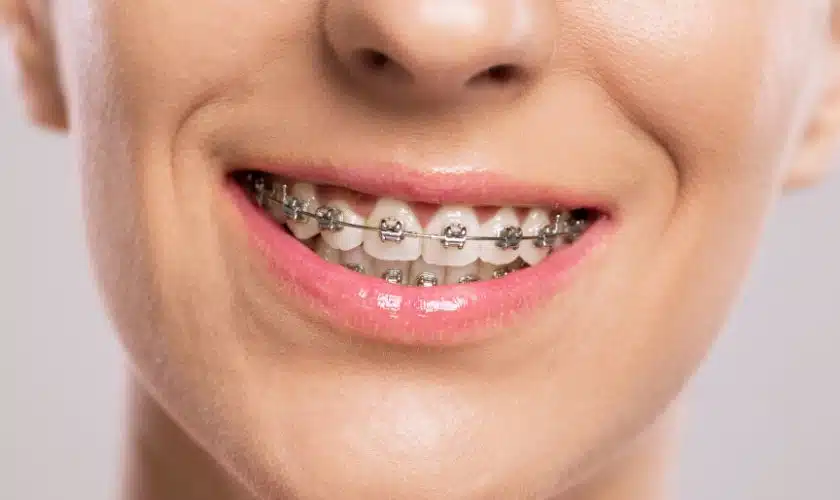Unlocking the Secrets of Braces: A Journey to Personal Transformation
Introduction
The journey towards achieving a perfect smile is one that countless individuals embark upon each year. For many, this transformative path begins with orthodontic treatment, particularly through braces Liverpool specialists who guide patients through their dental transformation. This remarkable process not only enhances oral aesthetics but also contributes significantly to overall dental health and well-being.
Understanding Modern Orthodontic Treatment
The Science Behind Braces
Modern orthodontic treatment has evolved significantly over the years, incorporating cutting-edge technology and innovative approaches to teeth straightening. Understanding the mechanics of orthodontic treatment reveals how gentle, consistent pressure gradually moves teeth into their optimal positions, creating not just a beautiful smile but also improving oral function.
Types of Orthodontic Solutions
Today’s orthodontic patients have access to various treatment options, each suited to different needs and lifestyles. These include:
- Traditional metal braces
- Ceramic braces
- Self-ligating systems
- Clear aligners
The Benefits Beyond Aesthetics
While many people seek braces Liverpool specialists primarily for cosmetic improvements, research has demonstrated significant health benefits of orthodontic treatment, including improved bite function and reduced risk of dental decay. These advantages extend far beyond mere appearance enhancement, contributing to long-term oral health and overall well-being.
Psychological Impact
The transformation journey through orthodontic treatment often yields profound psychological benefits. Studies on orthodontic treatment outcomes have shown significant improvements in self-confidence and social interactions among patients who have completed their treatment. This emotional transformation parallels the physical changes, creating a comprehensive positive impact on an individual’s life.
The Role of Professional Expertise
Successful orthodontic treatment relies heavily on the expertise of qualified professionals who can create personalised treatment plans. These specialists consider various factors, including:
- Individual facial structure and dental anatomy
- Specific orthodontic issues requiring correction
- Patient lifestyle and preferences
- Long-term maintenance requirements
The Treatment Journey
Initial Consultation and Planning
The path to dental transformation typically begins with a comprehensive consultation. During this crucial first step, orthodontic specialists conduct thorough examinations, take detailed measurements, and discuss treatment goals with patients. This personalised approach ensures that each individual receives the most appropriate treatment plan for their specific needs.
Adapting to Life with Braces
The adjustment period following braces installation requires patience and dedication. Patients often experience temporary changes in their daily routines, particularly regarding oral hygiene and dietary choices. However, these minor adjustments become second nature as individuals progress through their treatment journey.
Maintaining Oral Health During Treatment
Proper maintenance during orthodontic treatment is essential for achieving optimal results. This includes:
- Regular brushing and flossing with specialised tools
- Attending scheduled adjustment appointments
- Following dietary guidelines to protect orthodontic appliances
- Using prescribed orthodontic accessories as directed
The Role of Technology
Modern orthodontic practices leverage advanced technology to enhance treatment outcomes. Digital imaging, 3D scanning, and computer-aided treatment planning have revolutionised the way braces Liverpool specialists approach patient care. These technological advancements enable more precise treatment planning and help patients visualise their expected results.
Post-Treatment Care and Maintenance
The completion of active orthodontic treatment marks the beginning of the retention phase. This crucial period helps maintain the newly achieved dental alignment through the use of custom-made retainers. Proper adherence to retention protocols ensures that the investment in orthodontic treatment continues to yield benefits for years to come.
Conclusion
The transformation journey through orthodontic treatment represents more than just straightening teeth; it’s a comprehensive process that enhances both physical appearance and psychological well-being. With proper guidance from qualified professionals, advanced treatment options, and dedicated patient commitment, the path to achieving a perfect smile becomes an achievable goal.
As orthodontic technology continues to advance, patients can look forward to even more efficient and comfortable treatment experiences, making the dream of a beautiful smile increasingly accessible to all.



